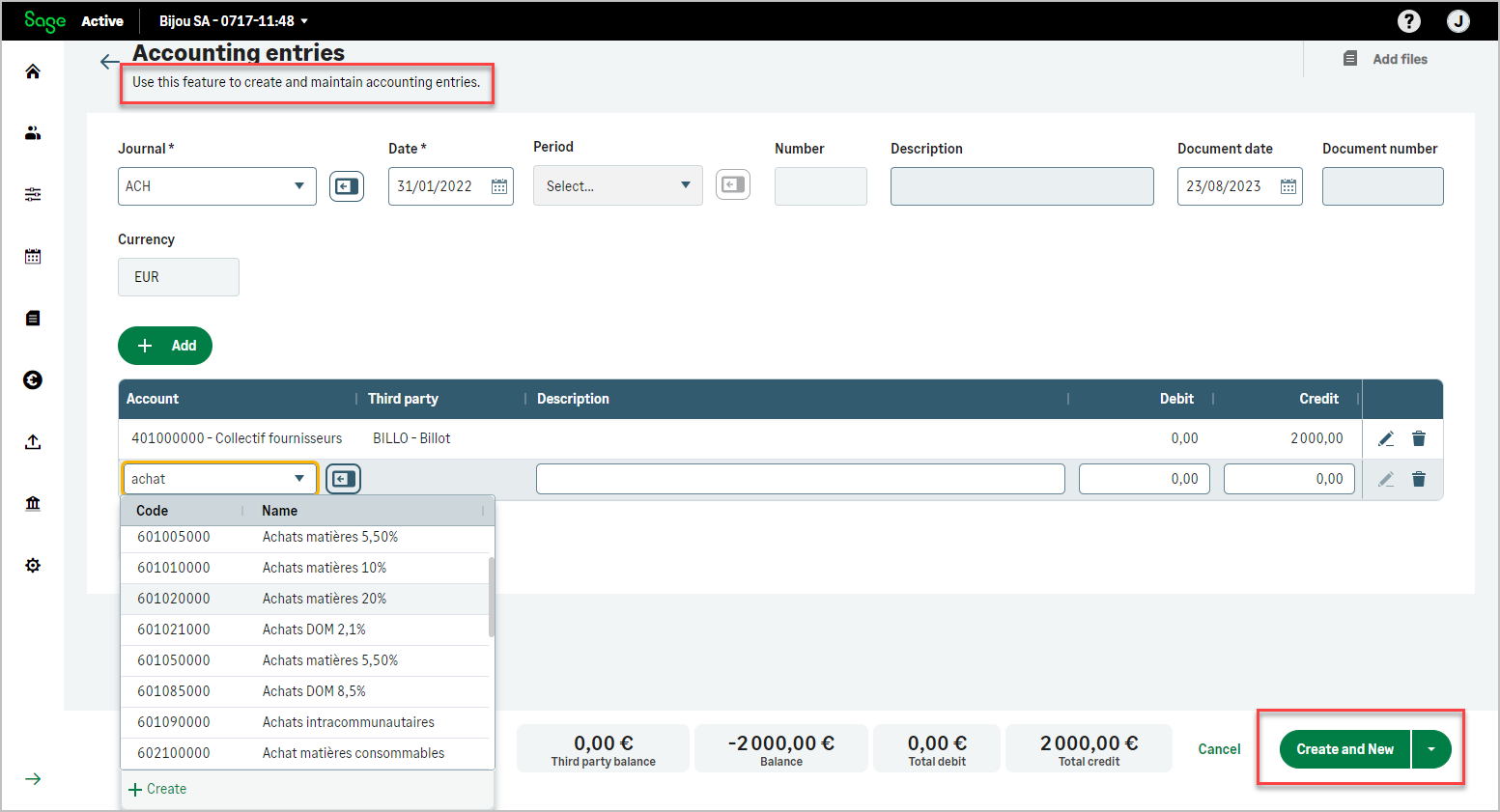Depending on your application’s structure, it may be simpler to directly use the business values, or conversely, as demonstrated here, the internal IDs.
Using IDs provides more flexibility and accuracy in complex scenarios where unique identification is crucial, even if it requires additional steps to fetch the IDs beforehand.
The choice between using business codes and IDs depends on your specific needs and the complexity of the accounting entry being created.
